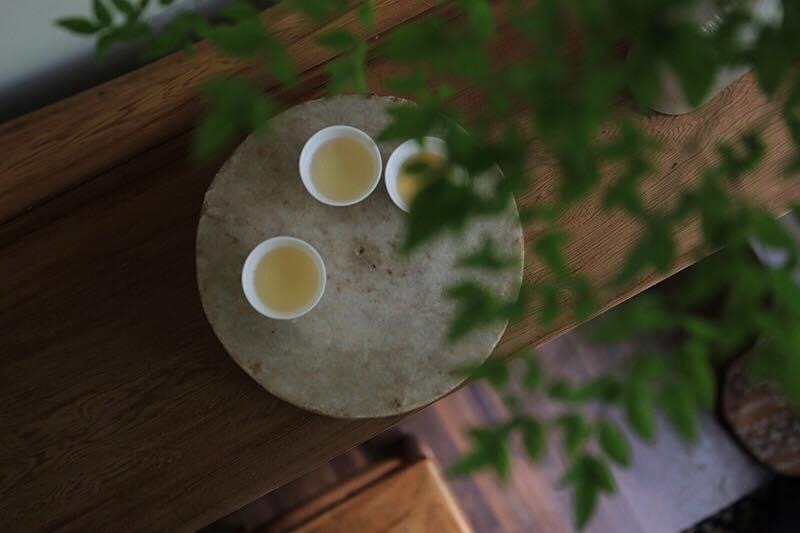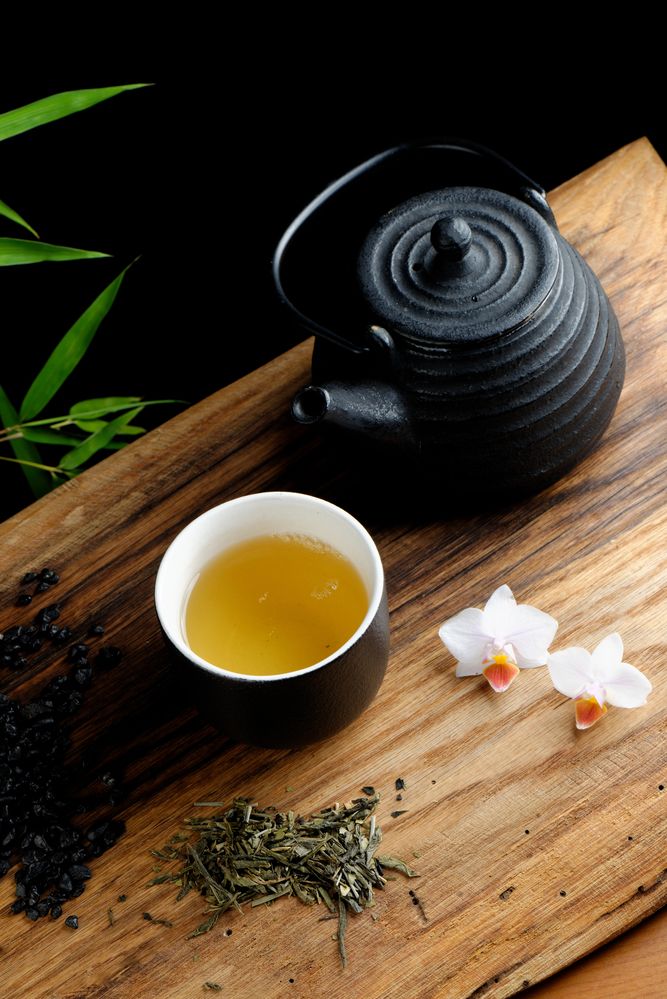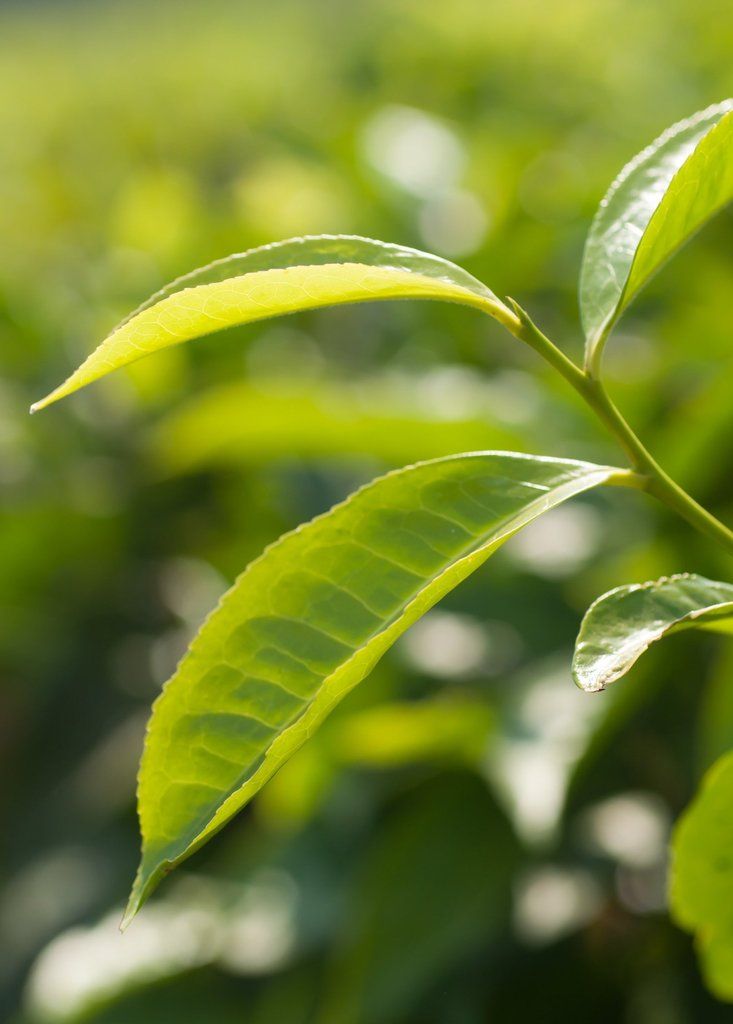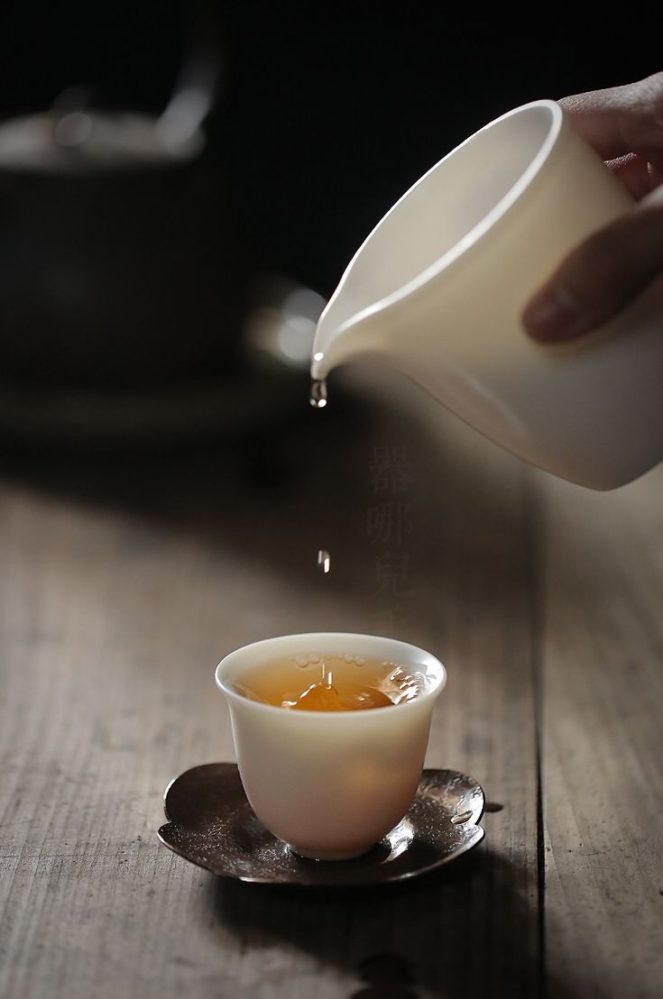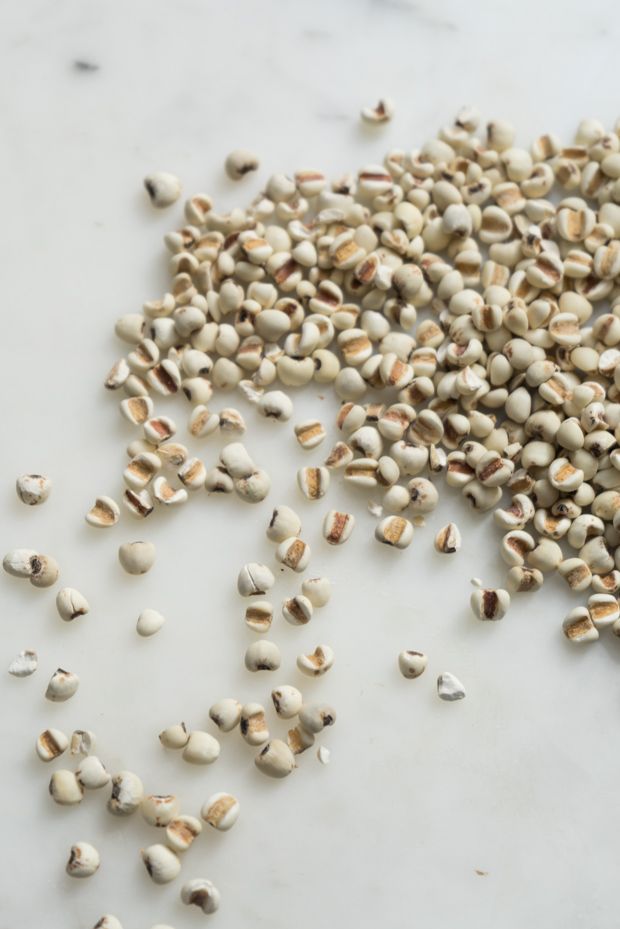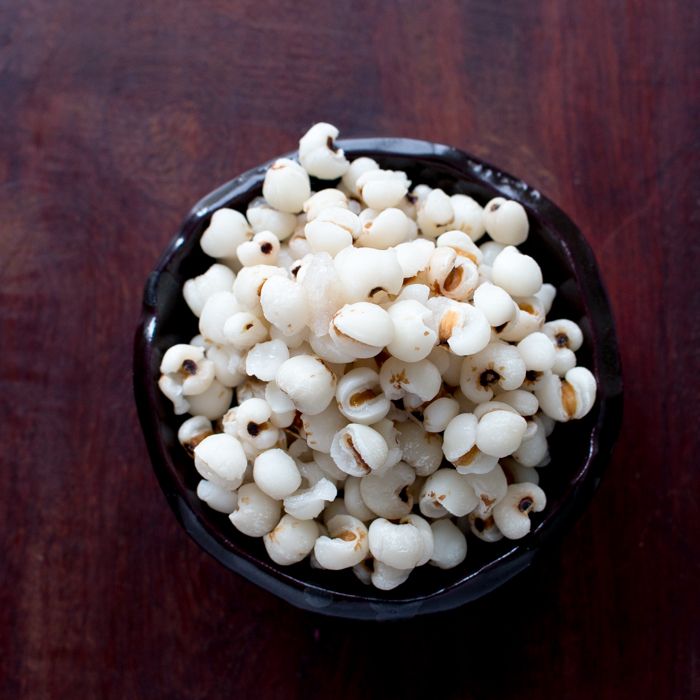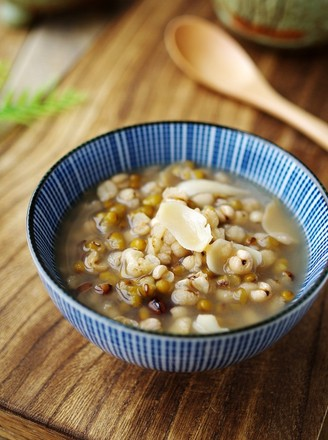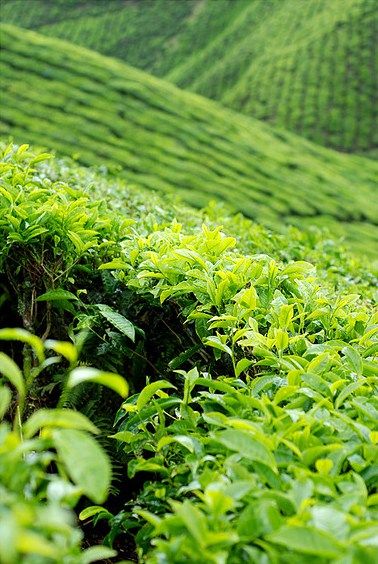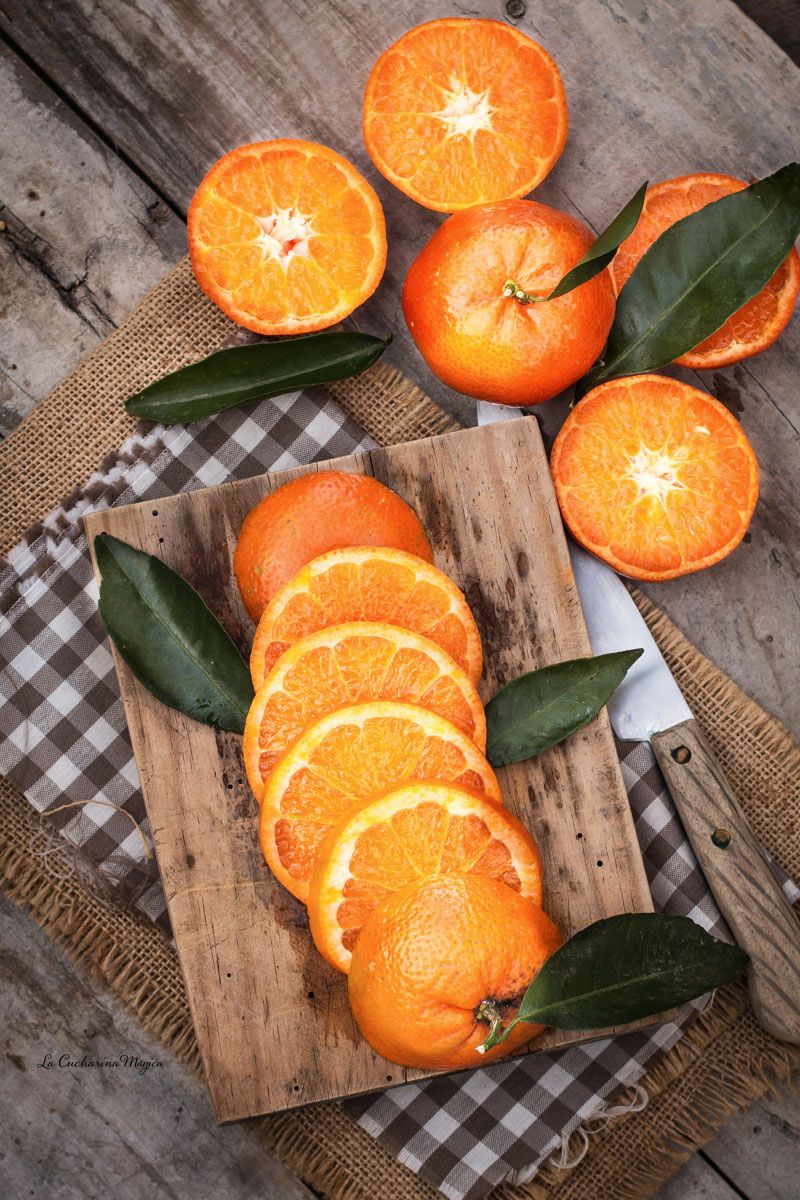Tea Tour
Lets see the beauty of Taiwanese teas.
Taiwan, nick name Formosa, is not only the beauty island but also a suitable for plating tea. The varienty environment and climate can bring out different flavor of tea. The production of Taiwan Tea can be produced almost 20,000 tons a year. And were mainly exported to Europe and the United States in the early years. Taiwan can produce Green tea, Bouzhon tea, Oolong tea and Black tea. Due to the different climates, soils, altitudes and other natural environments in each place , the quality, aroma, taste and rhyme of the tea produced vary flavor. That’s why Taiwanese yea are famous about. There are about 30 different flavors of tea in Taiwan, and the cultivation of tea is almost all over Taiwan.
Let’s find out and experience the beauty of Taiwanese teas…..
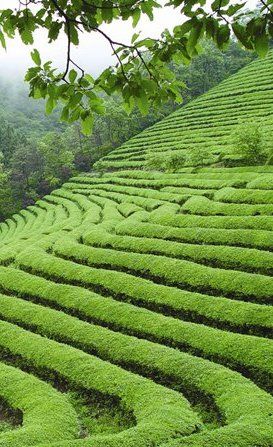
Latest Features
Recipe and health tips that share with you
North Baozhong, South Oolong
Middle of Taiwan tea area: Nantou
Distribution and characteristics of tea in the south of Taiwan.
Ask Tea Expert
Here are some tea questions you may be interested
“Quantity” is to add the right amount of tea and water. Generally, tea can be divided into two types: one-time brewing and multiple-time brewing. Use the weight of tea leaves (the amount of tea leaves (g) = the amount of water (ml) x 1.5%) to grasp the required amount of tea. A simple judgment is based on the principle of replenishing tea leaves with about one-fifth to one-half the capacity of the teapot, and then increasing or decreasing according to personal preference.
“Temperature” means brewing tea leaves with hot water at an appropriate temperature. The water temperature of the tea is also determined by factors such as the degree of fermentation of the tea itself, the lightness of baking, the looseness of the twist, the age of the tea and the tenderness. The tenderer and greener the tea, the lower the water temperature. Temperature between 85-100 ℃.
red tea: 90-100℃
green tea:85-90℃
black tea:100℃
white tea: 85-95℃
yellow tea:85-90℃
Oolong tea:100℃
“Time” means that the tea leaves are poured out when they are soaked to an appropriate concentration. The tea is soaked for too short a time, and the tea taste is light and the aroma is insufficient. Conversely, if the time is too long, the bitter aroma of the tea will disappear. Nowadays, most teas are made by using a purple teapot. Generally speaking, the first brew can be soaked for about 30 seconds, and then each brewing time will be prolonged for several seconds or longer to make the tea taste more uniform. As for the number of brewing, it must be determined according to the quality and type of tea. However, how to accurately determine the length of time that tea and water are soaked in the pot, so that the poured tea soup is at an appropriate concentration, is closely related to the dissolution rate of water and soluble temperature of the tea ingredients.
Tea has high nutritional value and contains many vitamins. According to the solubility of vitamins, it can be divided into water-soluble vitamins, such as B vitamins and vitamin C. Among them, green tea is rich in vitamin C, and fat-soluble vitamins, such as vitamins A, D, E, and K. However, because fat-soluble vitamins are difficult to dissolve in water, it is difficult to be absorbed and used when brewing tea with boiling water. In addition, tea also contains tea polyphenols and various amino acids, minerals and other ingredients that are beneficial to the human body. It can be seen that tea has multiple health effects on the human body.
Tea leaves will change quality during storage, so pay special attention to store the teas. In addition, tea has strong hygroscopic, is susceptible to moisture deterioration, and also easily absorbs odors, and cannot transparent by light. Therefore, it is best to use tea pots to store tea to prevent tea deterioration.
It is better avoid using wooden materials for tea pots, in case the tea leaves have a strange smell of wood. Tea cans should be stored in a cool, dry place out of the sun, and should not be stored with other odorous things.
Observe the leaves, it is mainly to see if the tea is dry enough.
Smell the leaves, you can grab some tea leaves and put them in your palm. Smell the tea aroma and feel the scent of the tea to choose your favorite tea aroma.
Taste the tea, when you taste tea, less bitterness, sweetness is better, you can feel the aroma remain in the throat and felt quenching thirst, which is good tea.
“If you have health, you probably will be happy, and if you have health and happiness, you have all the wealth you need, even if it is not all you want. “
“Happiness cannot be traveled to, owned, earned, worn or consumed. Happiness is the spiritual experience of living every minute with love, grace, and gratitude.”

